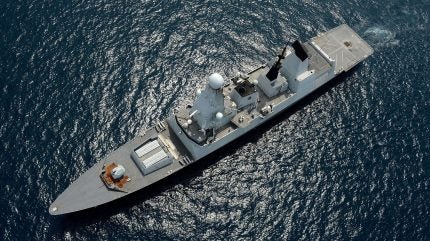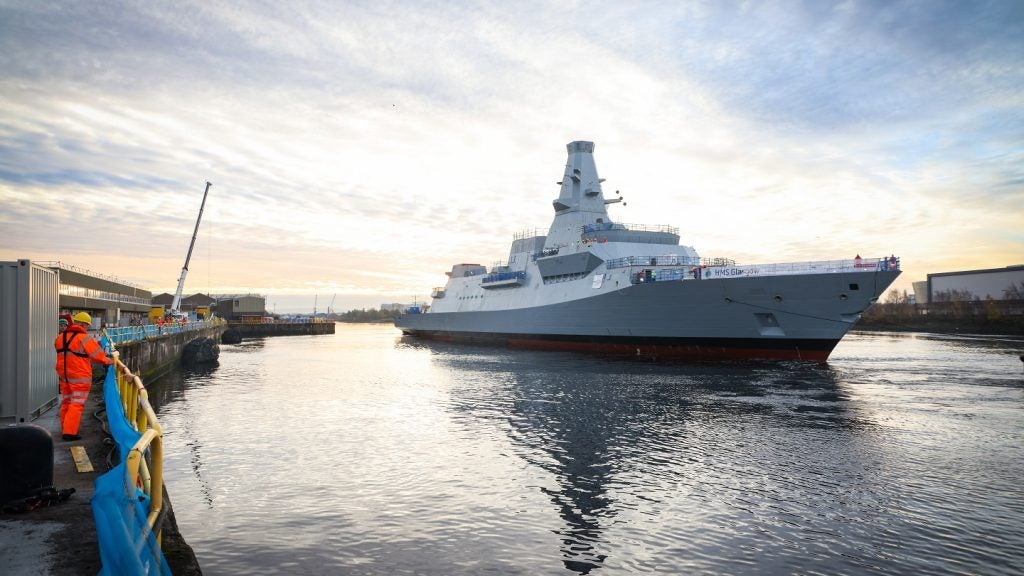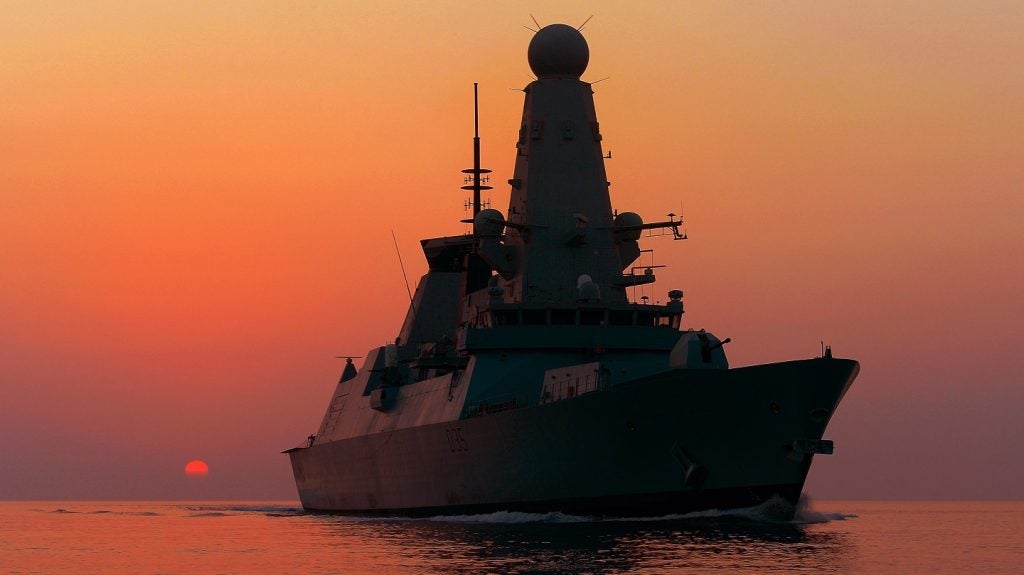
A BAE Systems-commissioned study into heat waste recovery technology for use in naval warships could point to a technological direction the future Type 83 air defence destroyer might take, with the platform due to replace the BAE-built Type 45 destroyers (pictured) from the late-2030s.
Normally associated with space domain propulsion, UK-based Reaction Engines has been selected by UK defence prime BAE Systems to carry out a study into the potential use of its heat exchanger technology for waste heat recovery and exhaust cooling for naval ships.
Announcing the move on 22 August, Reaction Engines stated that its light weight, low volume heat exchangers can be used to increase the efficiency of naval vessels and operated with existing diesel engines and gas turbine propulsion systems, as well as next generation hydrogen and hybrid-electric alternatives.

The study will investigate the potential environmental improvements from Reaction Engines’ heat exchangers and how their use can deliver operational benefits, the release stated.
Oliver Nailard, business development manager, Reaction Engines, said the investigation “seeks to demonstrate significant energy efficiency improvements and reduced emissions, while potentially offering reduced thermal signature for operational benefits”.
Heat recovery technology in the Type 83?
The move by BAE Systems to commission a study into the use of energy recovery technologies for use in the naval domain has potentially been taken with one eye on the future, both in terms of expected naval propulsion configurations but also, perhaps, future warships that the company may be tasked with delivering.
Central to this may well be the future Type 83 destroyer, part of the wider Future Air Dominance System (FADS) programme that will deliver a range of technologies to provide a next-generation naval air defence capability.
The Type 83 is a natural follow on from the in-service Type 45 destroyers, a class of warships that have experienced issues earlier in their operational life when operating in hot and humid environment such as the Middle East, including purported overheating of intercooler systems.
Type 45 and overheating issues
The Type 45 class was originally delivered with an innovative integrated electric propulsion system to produce the ship’s power when underway, focussed around two WR-21 Rolls Royce gas turbines.
However, repeated issues of loss of power of Type 45 warships while underway saw the UK Ministry of Defence undertake the Power Improvement Project, or PIP, which sees the installation of new diesel engines into the six Type 45 destroyers, changing the propulsion configuration to a more conventional combined diesel and gas, or CODAG system.

The gas turbines will then be used to generate additional ‘top-up’ power generation for sprint speeds, thereby reducing the wear on sensitive subsystems.
With the Type 83 still in the pre-concept phase as part of the FADS programme, it is several years away before any determination is made on propulsion for the class.
However, the exploration of technologies that could harness or more effectively distribute excess heat produced by whatever engine configuration will power the future Type 83 class could well indicate a potential technological direction under consideration.




